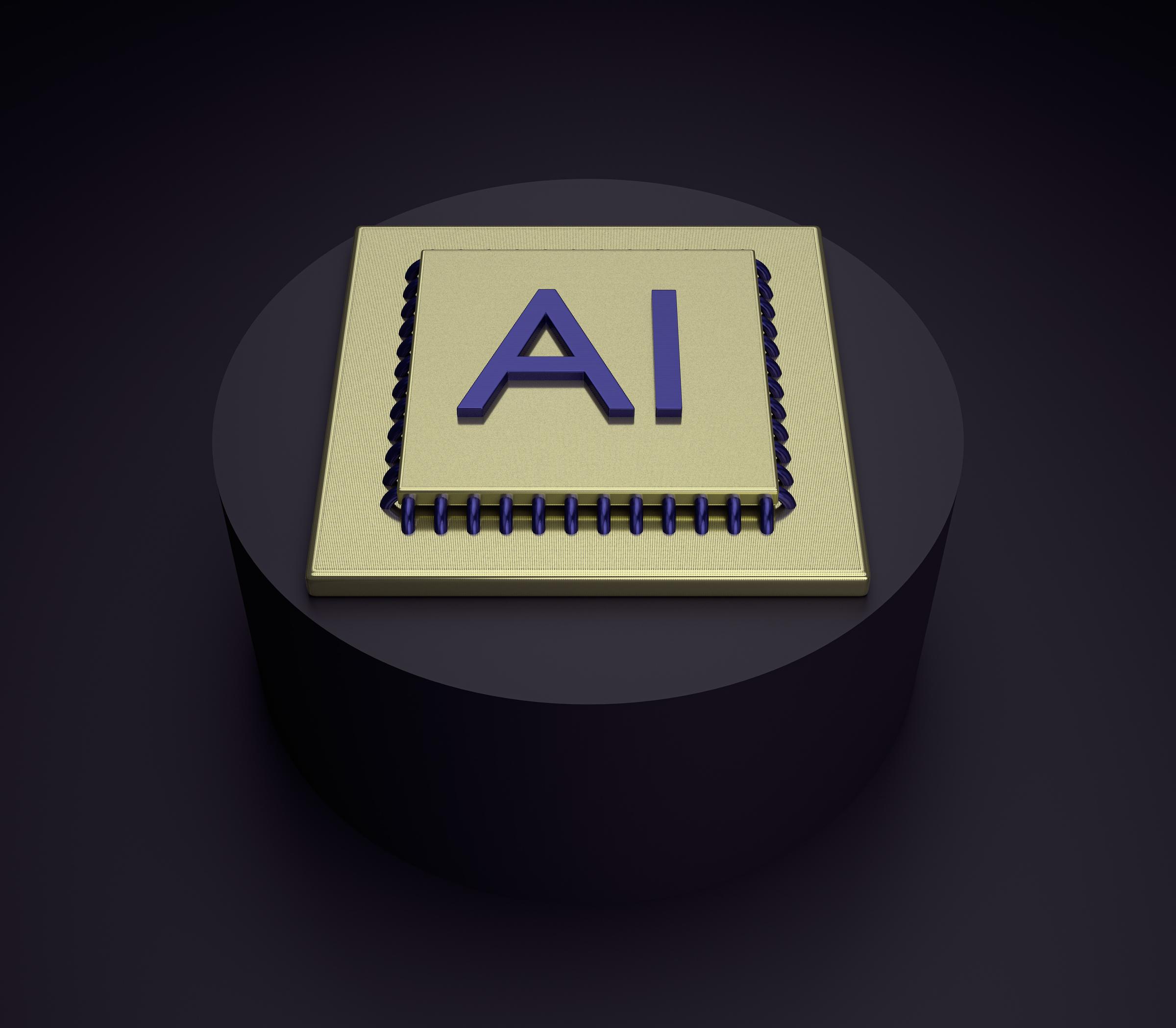Generative AI in the Classroom

If you’re only just finding out about AI and Large Language Models (LLMs) from the Box Hill High School newsletter, I hate to break it to you, but you might need to widen your news circle.
It’s no secret that this seemingly new technology has taken the world by storm! Although machine learning has come a long way in a short amount of time, we’ve had AI in one form or another for at least 50 years. From chess-playing bots like Deep Blue, to emotion-recognising technology like Kismet, AI isn’t just science fiction anymore.
Open AI’s ChatGPT is perhaps the most well-known but services like Google Translate have been using machine learning for many years. Google and Microsoft have both made significant advances with Bing AI and Bard respectively. Chances are, you’ve used one of these services. Chances are, you regularly use one of these services.
And why wouldn’t you?
The case-use for AI seems infinite, but how can we use AI in education to improve teaching and learning while developing skills in areas other than refining the perfect prompt? How can we use AI to help us develop our ideas, without engaging in plagiarism?
We find ourselves in a not too dissimilar position to Maths teachers of the 1980s, protesting the use of calculators in primary schools. They were deeply concerned that their introduction to junior years would limit students’ abilities to learn mathematical concepts.
There is no doubt that generative AI can and will change the way students learn, and teachers teach. In the same way that nobody could imagine working without a calculator, let alone one that you happen to carry in your pocket with you almost every second of every day, AI is also likely to become increasingly ubiquitous.
Unsurprisingly, students who copy-paste responses from ChatGPT into their school essays are not only engaging in plagiarism, they’re not developing their own skills and improving how they learn. Here are some suggestions on how to use AI to support academic integrity and become better learners.
Students can use AI to help with:
- Clarifying concepts
“Can you explain the difference classical and operant conditioning in psychology?” - Summarising your own notes
“Help me summarise my notes on the causes of War Communism.” - Languages
“Ask me questions in German about my daily routine. Prompt me for more detail if I answer in single sentences”. - Starting Research
“I’m researching trade between Australia and nations in the pacific. What key papers or articles should I read?”
Explain how… to
“Explain how coastal erosion affects communities to”
to a student in Grade 5
to someone who already knows a bit about Geography
to someone who is an expert in sustainability and beaches
Exam preparation
“Generate 10 different analytical essay prompts about the novel ‘Born a Crime’ by Trevor Noah”
“What are do students usually confuse when understanding Newton’s laws?”
Make a list of terminology or vocabulary
“Generate 10 sets of definition quiz questions using the list provided. Randomise them so that some questions require the definition and others the question”.
- In conversation by asking more questions
Continue to prompt for more information.- “Can you provide more detail about…”
- “Explain… a different way”
- “Simplify this answer”
- “Summarise your answer into general categories”
- “How would this apply to a real world situation?”
- “What is the difference between X and Y?”
- “Where did this information come from?”
- “What do you recommend I read next?”
- “Based on my answer, what do you think I am missing?”
Box Hill High School will be developing its AI policy and guidance next year and communicating this with the school community. Students and families are reminded that plagiarism is not permitted at Box Hill High School and students must submit work that is their own, otherwise they may receive an 'N' on that task.
By Nathaniel Smith
(Acting Assistant Principal)


